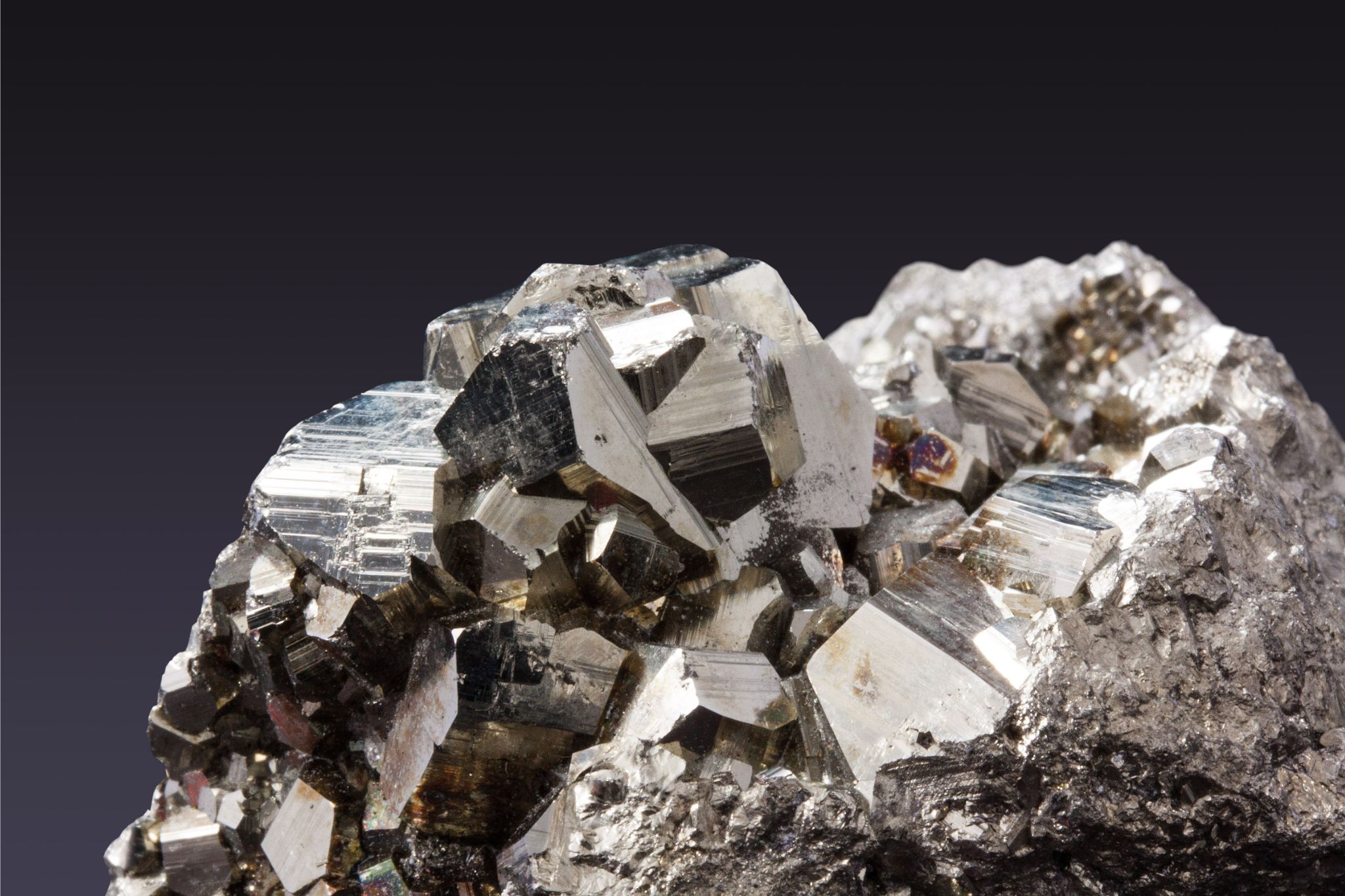Fluorspar: The Future use of the Industry
The fluorine industry is forecast to grow significantly in the next decade, and fluorspar is one of the key minerals required for the production of fluorine chemicals. As a result, demand for fluorspar is expected to increase significantly and the price of the mineral is expected to rise. Fluorspar is a strategic mineral, and its production is tightly controlled by a few large producers. However, with the expected increase in demand, new entrants are likely to enter the market and increase production. This will help to meet the rising demand and keep prices in check. The future of the fluorine industry is bright, and Fluorspar is expected to play a key role in its growth.
Fluorspar: The Future of the Industry
The future looks bright for the fluorspar industry. Despite the challenges faced by the industry in recent years, demand for fluorspar is expected to continue to grow, driven by increases in global production of aluminum, stainless steel, and fluorochemicals. In addition, new applications for fluorspar are being developed, which could further boost demand.
The industry is consolidating, with the top three producers accounting for nearly 60% of global production. This consolidation is likely to continue, as the industry consolidates to become more efficient and to better weather the ups and downs of the global market.
Investment in new projects is expected to pick up, as the industry becomes more attractive to investors. In particular, new projects in Africa and Asia are expected to come online in the next few years, which will help to meet the growing demand for fluorspar.
The fluorspar industry is facing some challenges, but the future looks bright. With increasing demand and new projects in the pipeline, the industry is poised for growth in the years to come.
The Importance of Fluorspar
Fluorspar is a mineral that is composed of calcium fluoride (CaF2). It is the principal source of fluorine. Fluorspar is categorized into two commercial grades: acid grade and metallurgical grade. Acid grade fluorspar is used in the production of hydrofluoric acid, while metallurgical grade fluorspar is used as a flux in iron and steel production.
Fluorspar is a strategic mineral, and its future is intertwined with the future of the industries that it serves. In recent years, the fluorspar industry has been challenged by a number of factors, including declining ore grades, competition from substitutes, and environmental and social issues. However, the future prospects for fluorspar appear to be positive, due to strong demand from key industries and the importance of fluorine as a strategic element.
The fluorspar industry is expected to grow in the future, driven by strong demand from the aluminum and steel industries. Fluorine is a key element in the production of aluminum and steel, and fluorspar is the primary source of fluorine. In addition, the use of fluorspar as a flux in iron and steel production is expected to continue to grow, as it is an essential component in the production of high-quality steel.
The future of the fluorspar industry is closely linked to the future of the industries that it serves. The aluminum and steel industries are both expected to grow in the coming years, and this will drive demand for fluorspar. In addition, the use of fluorspar as a flux in iron and steel production is expected to continue to grow, as it is an essential component in the production of high-quality steel.
The Challenges Facing the Fluorspar Industry
The fluorspar industry is under pressure from a number of challenges, including environmental regulations, competition from other industries, and the need for new sources of supply.
Environmental regulations are a major challenge for the industry. Fluorspar is a mineral that is used in a number of industrial processes, including the production of aluminum, steel, and glass. It is also used in the production of fluorocarbons, which are used in refrigeration and air conditioning. The production of fluorspar emits a number of pollutants, including sulfur dioxide, nitrogen oxides, and particulate matter. These pollutants can have a negative impact on air quality and human health. In order to meet environmental regulations, the fluorspar industry has had to invest in new technologies and processes to reduce emissions.
Competition from other industries is another challenge facing the fluorspar industry. Fluorspar is used in a number of industries, but the largest market is for the production of hydrofluoric acid. Hydrofluoric acid is used in a number of industrial processes, including the production of aluminum, steel, and glass. However, other industries, such as the pharmaceutical industry, are also major users of hydrofluoric acid. As a result, the fluorspar industry faces competition for the use of this important chemical.
The need for new sources of supply is another challenge facing the industry. Fluorspar is a non-renewable resource, and the world’s reserves are finite. In order to meet the growing demand for fluorspar, the industry will need to find new sources of supply. This could involve the development of new mines or the expansion of existing ones.
The fluorspar industry is facing a number of challenges, but it is also a vital industry with a bright future. The industry is essential for the production of a number of important materials, and it is constantly innovating to meet the demands of a changing world.
The Potential of Fluorspar
The potential for fluorspar is immense. The mineral has a wide range of uses, from aluminum production to water fluoridation, and is an essential component in a variety of industries. The future of fluorspar looks bright, with demand expected to grow in the coming years.
Aluminum production is one of the biggest users of fluorspar, and demand for the mineral is expected to grow as aluminum consumption increases. China is the largest producer and consumer of aluminum, and is also the largest importer of fluorspar.
Water fluoridation is another major use for fluorspar, and the mineral is an essential component in the production of hydrofluoric acid. Hydrofluoric acid is used in a variety of industries, including the production of refrigerants, aluminum, and glass.
Fluorspar is also used in the production of steel, and demand for the mineral is expected to grow as the steel industry expands. Fluorspar is used in the production of stainless steel and other alloys, and is an essential component in the production of aluminum and glass.
The future of fluorspar looks bright, with demand expected to grow in the coming years. The mineral has a wide range of uses, and is an essential component in a variety of industries.
Conclusion
The future of the fluorspar industry looks bright. With an increasing demand for fluorspar, and new uses for fluorspar being discovered all the time, the industry is poised for growth.
Fluorspar is an essential mineral for a wide range of industries, and its unique properties make it an essential material for the future. With an increasing demand for fluorspar, and new uses for fluorspar being discovered all the time, the industry is poised for growth.

Greetings! I’m thrilled to introduce myself as a dedicated blogger with a fervent passion for crafting meticulously researched and insightful blogs. My mission is to provide you, the readers, with a treasure trove of valuable information. Join me in this exciting adventure of discovery – Thanks







